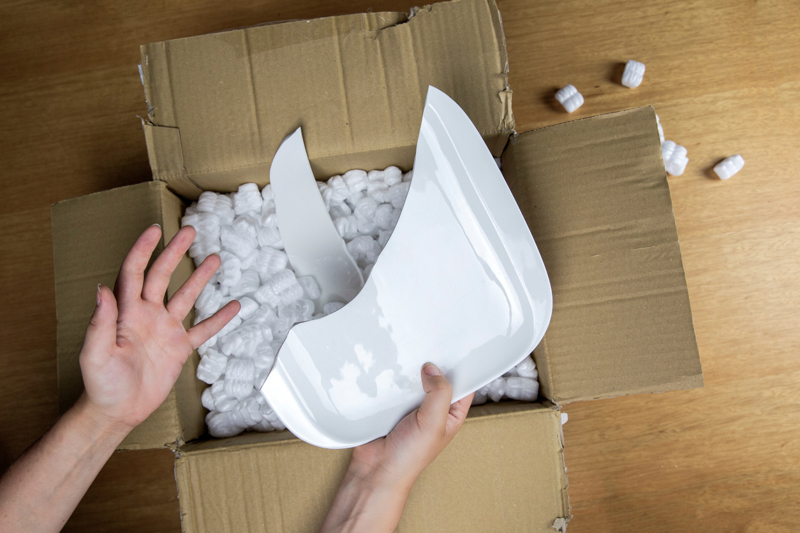We’ve written plenty about the power of packing for profits. Typically, we explore the need to pack efficiently to reduce the costs associated with dimensional weight (DIM) fees and getting parcels to customers despite the ongoing carrier capacity crunch. We’ve even explored the benefits of efficient packing to meet the growing demands for sustainable shipping. And those are all excellent reasons. However, packing efficiently can also help reduce returns due to damage adding to your profitability and customer satisfaction.
And it is crucial to understand and control as much as you can to reduce costs as consumers are more willing than ever to return items. According to Consumer Survey: Returns in Retail in 2021, 88% of consumers report they make returns at least “occasionally.” And of those returns, 65% of products were returned due to being damaged or defective, trailing closely behind an item not fitting correctly [70%].
Returned items come at a cost for retailers in several ways, damaging profits, especially with customers looking for free returns [76%] almost as much as free shipping [96%] even as they are shopping for goods in the first place.
With consumers returning as much as 40% of their ecommerce purchases, they drive up costs for retailers in several ways:
- Shipping fees
- Warehouse space
- Product refurbishment
- Disposal of damaged goods
How proper packing can help reduce shipping damage and returns
While there is no way to ensure damage-free shipping, properly packing your shipments can go a long way toward keeping damage—and returns—to a minimum. This can help reduce the associated costs and keep customers happy and coming back to shop in the future.
Here are a few ways to help protect your packages during the shipping process:
- Start with a sturdy carton – A turtle has a shell for a reason. Therefore, the outer carton for your shipment should be durable enough to protect whatever is packed within. If you ship smaller items, padded mailers may be enough to keep the item safe. However, larger or more fragile shipments may benefit from heavy-duty materials, such as double-walled cardboard.
- Size matters – If a package has room for items to shift as they ship, it increases the likelihood of damage from the truck’s motion, resulting in the product hitting the floor. Knowing the correct package size while packing an order through cartonization software can help ensure the safety of the item –and reduce the amount of fill and cushion used to protect the shipment at the same time.
- You gotta keep ‘em separated – If you are shipping multiple items or sets in a single carton, corrugated cardboard inserts can help prevent items from bumping up against each other while in transit. In addition, you can help offset the perceived negative connotation customers may have about extra waste and environmentally inconsiderate packaging by utilizing recycled cardboard for the inserts.
- Keep it dry – Waterproof packaging can help protect your shipment from the elements and spills from other packages during transit. In addition, if your package contains liquid goods, packaging them in waterproof bags can help minimize damage to other items in the carton should something happen despite how carefully you packed them.
Retail returns are inevitable. However, with the proper planning and packaging, retailers can help reduce the number of them from damages while cutting costs and improving the overall customer delivery experience.
Request your personalized demonstration of Transtream today to learn how AI cartonization can help you pack more efficiently saving time and money while boosting customer satisfaction.
